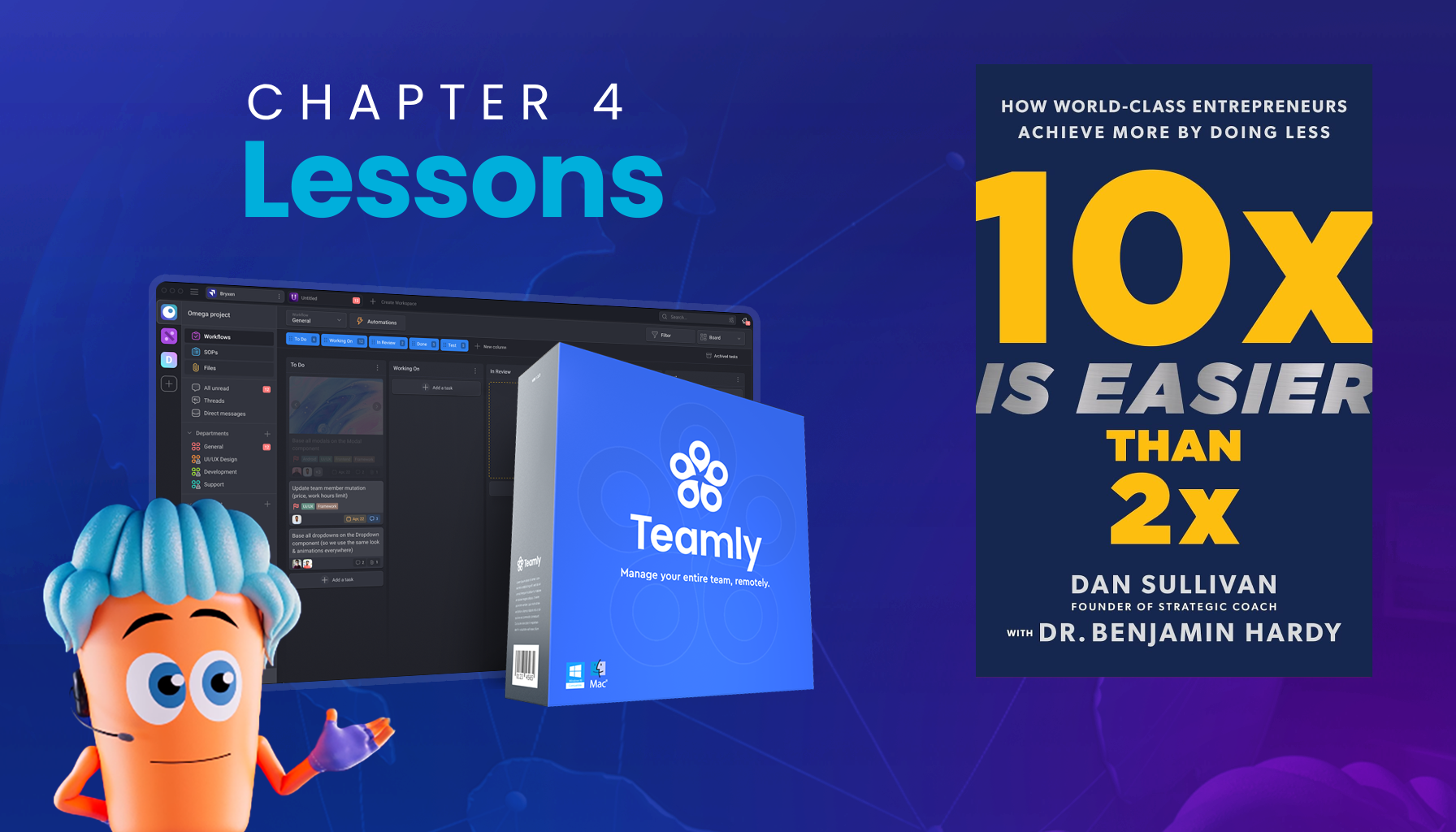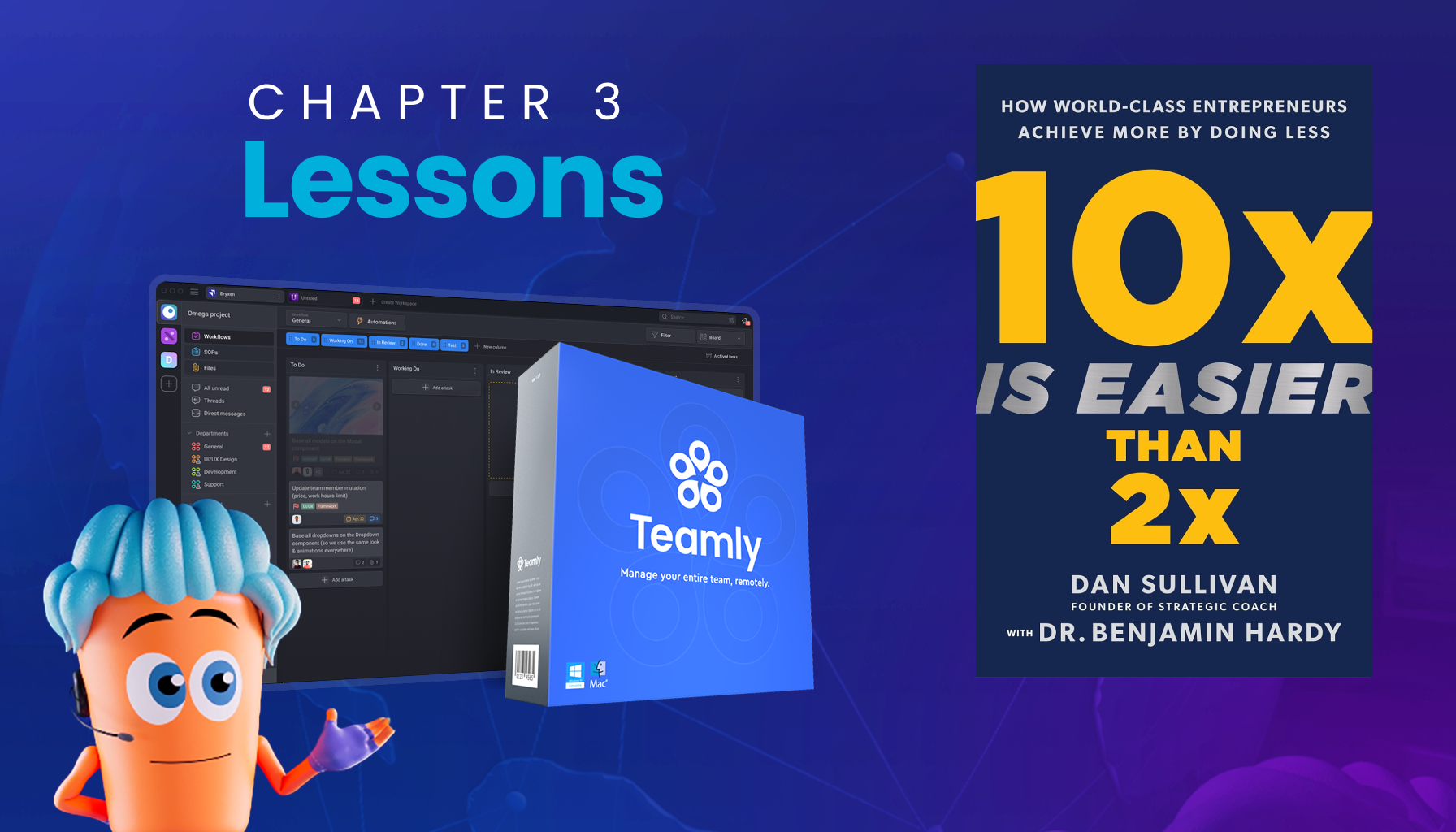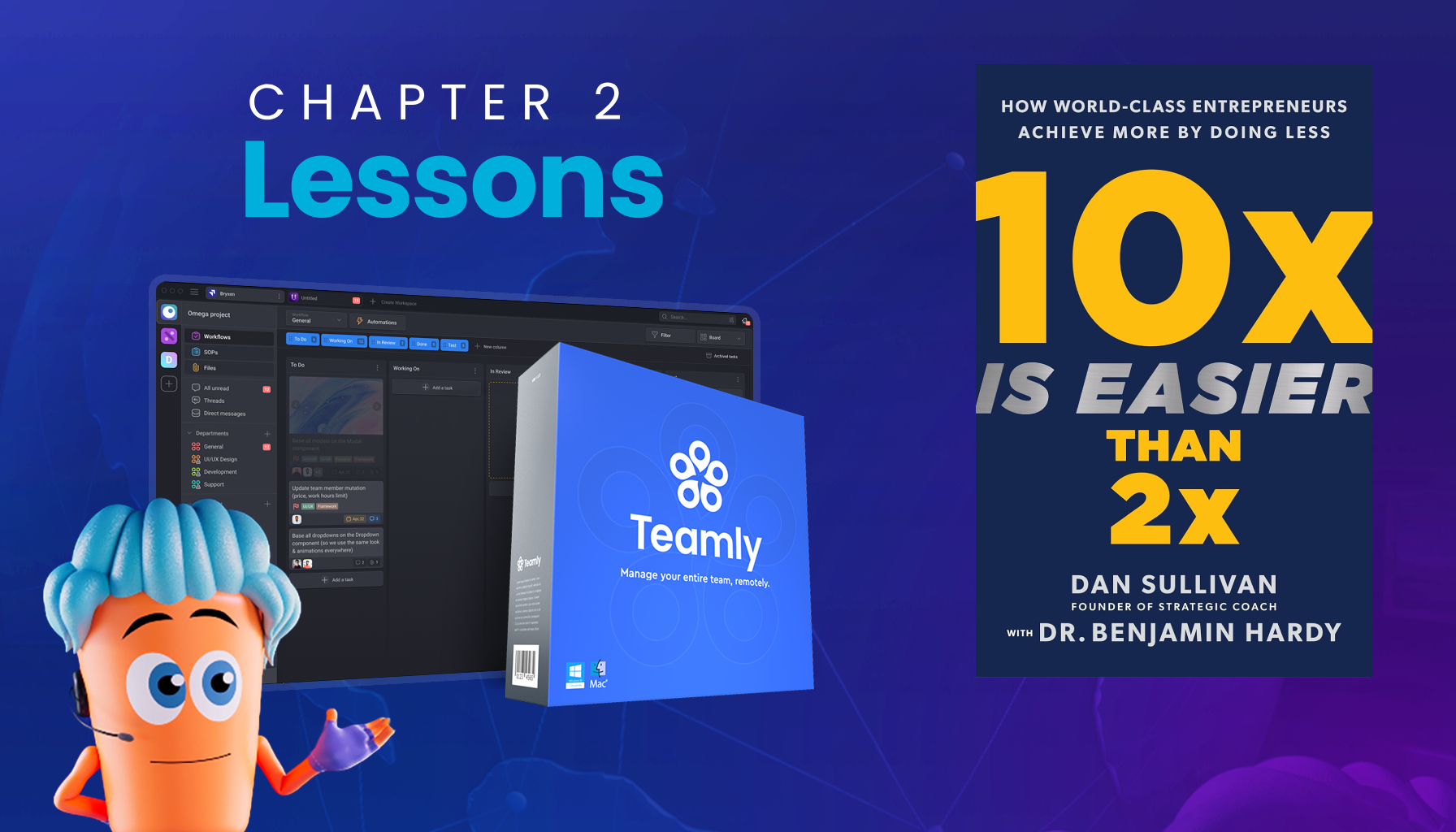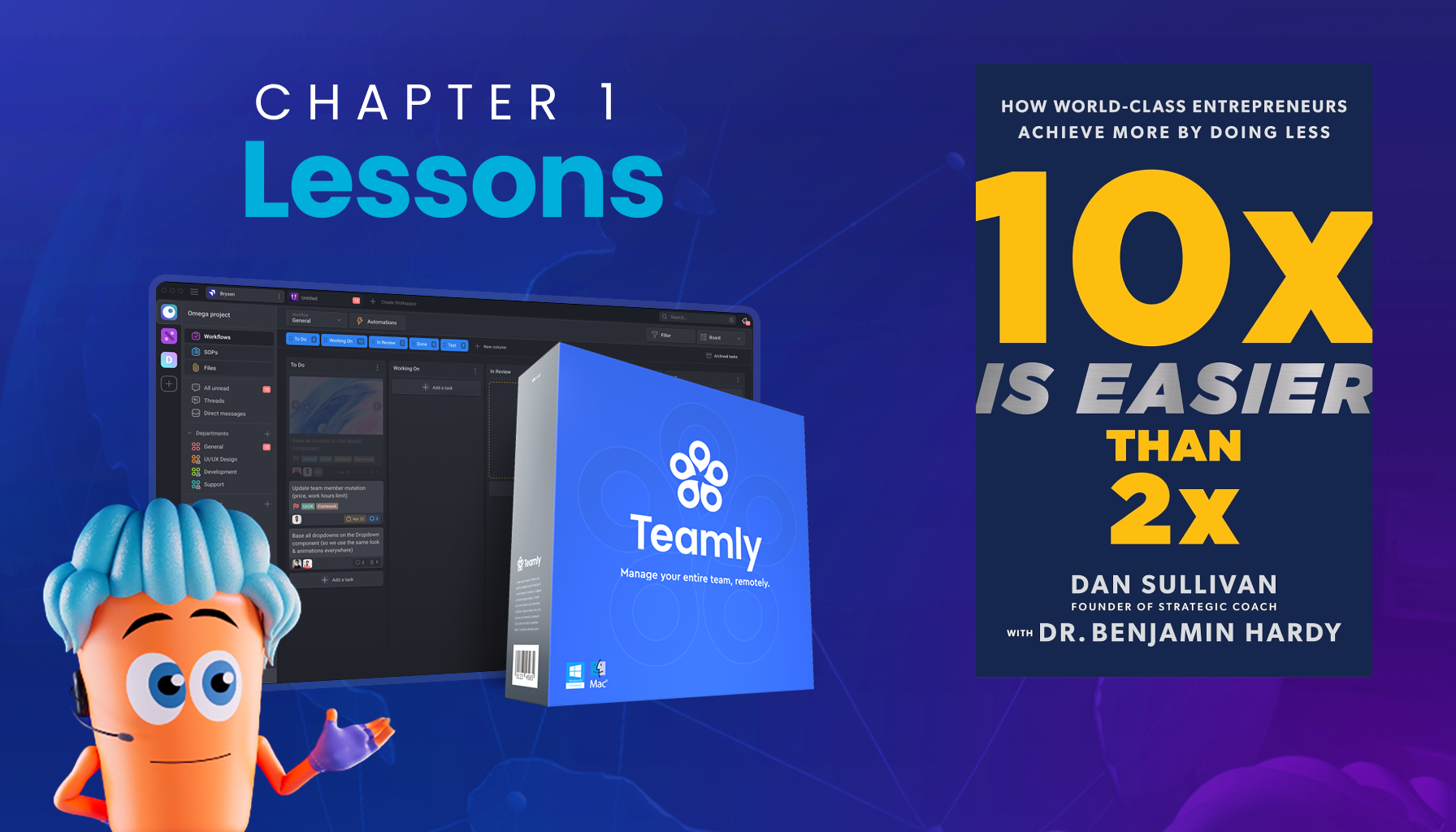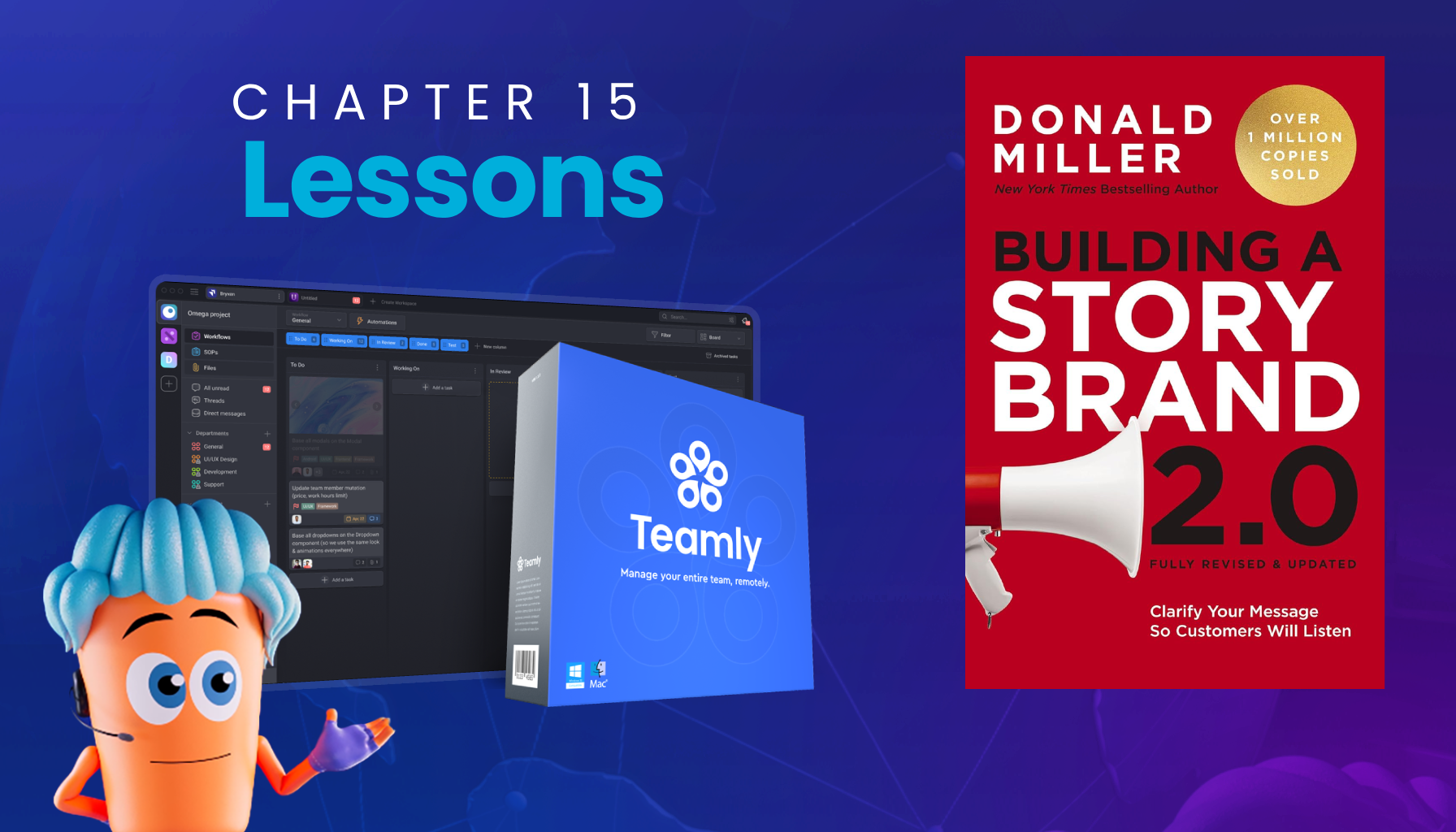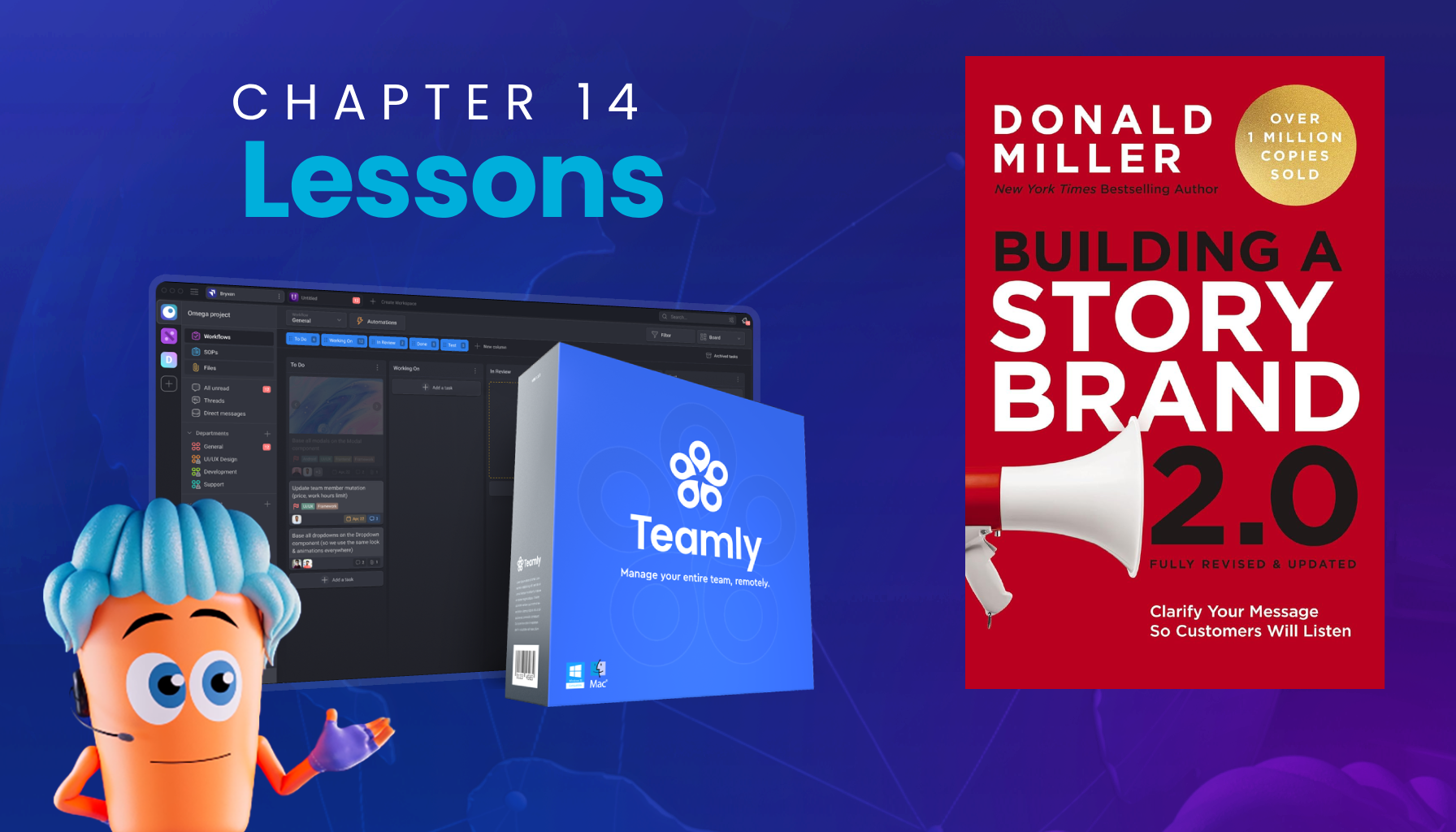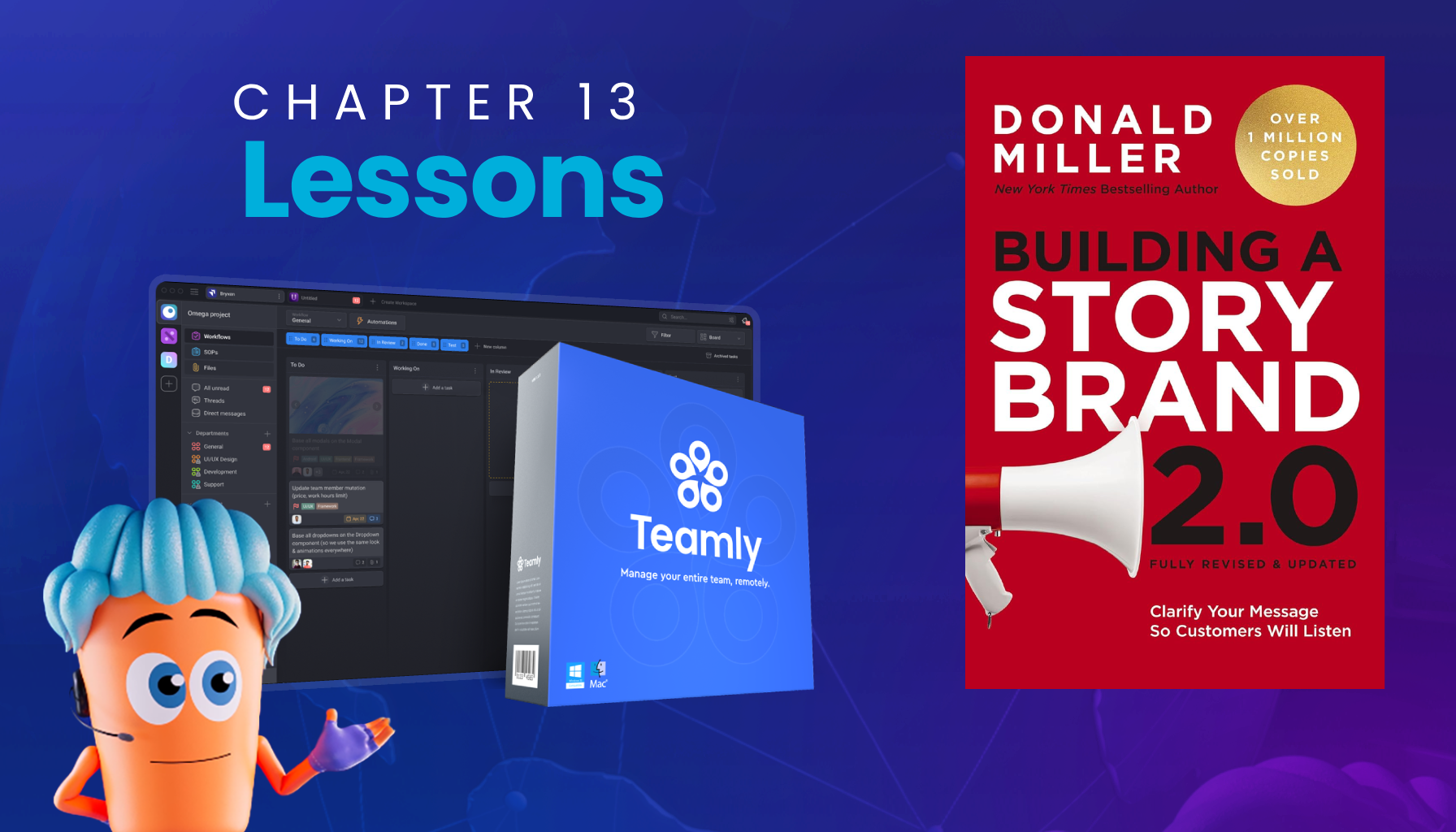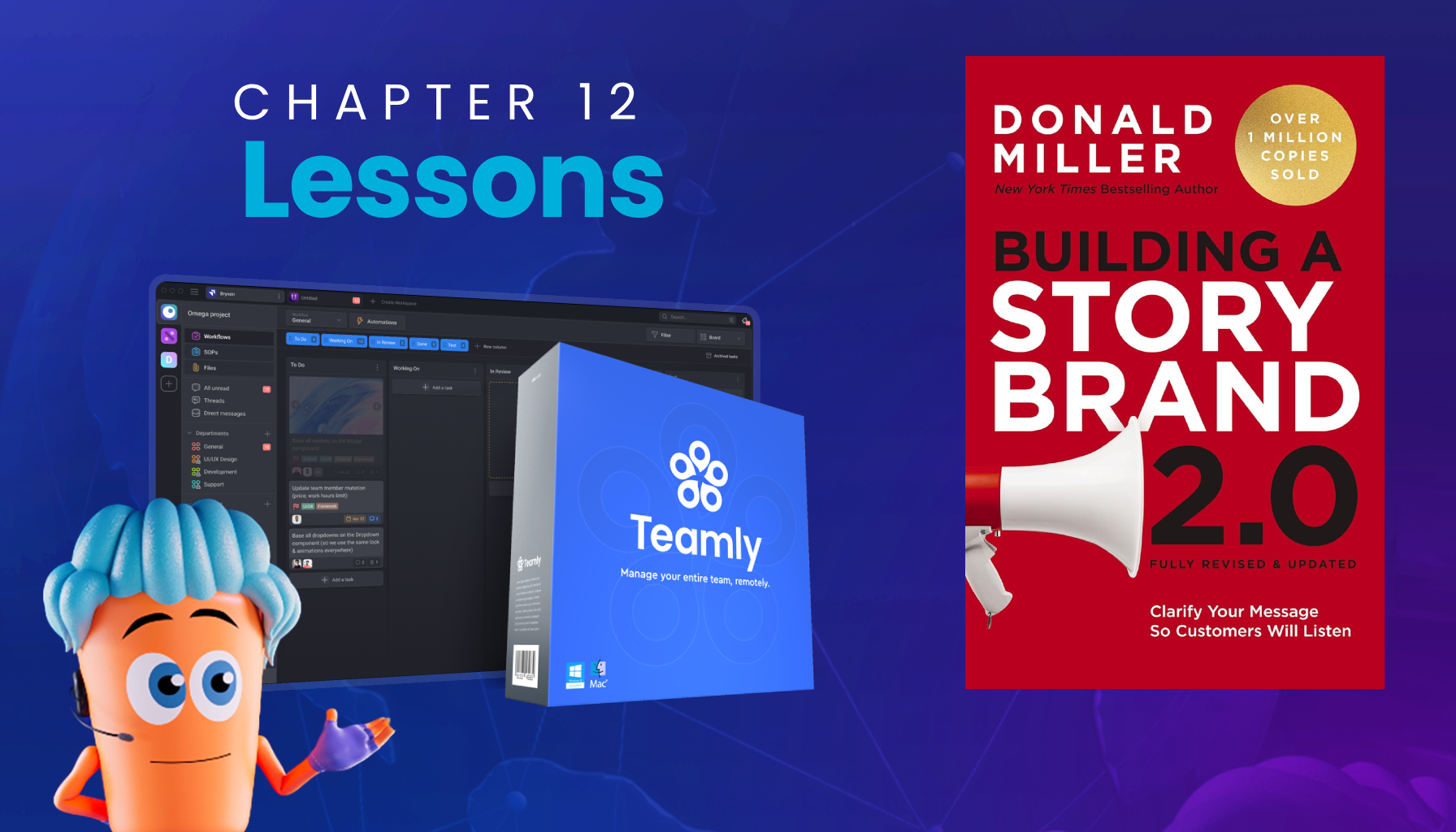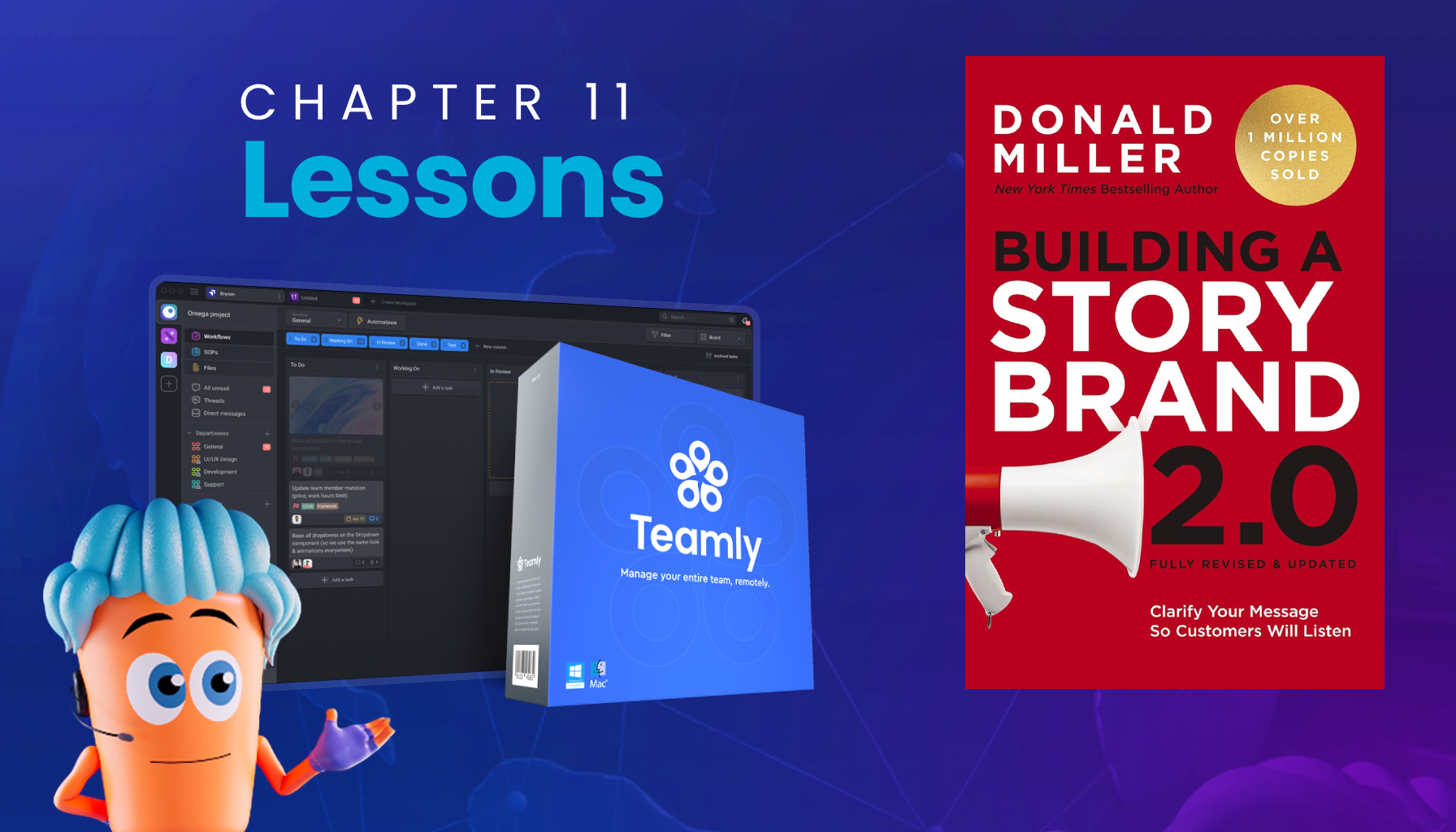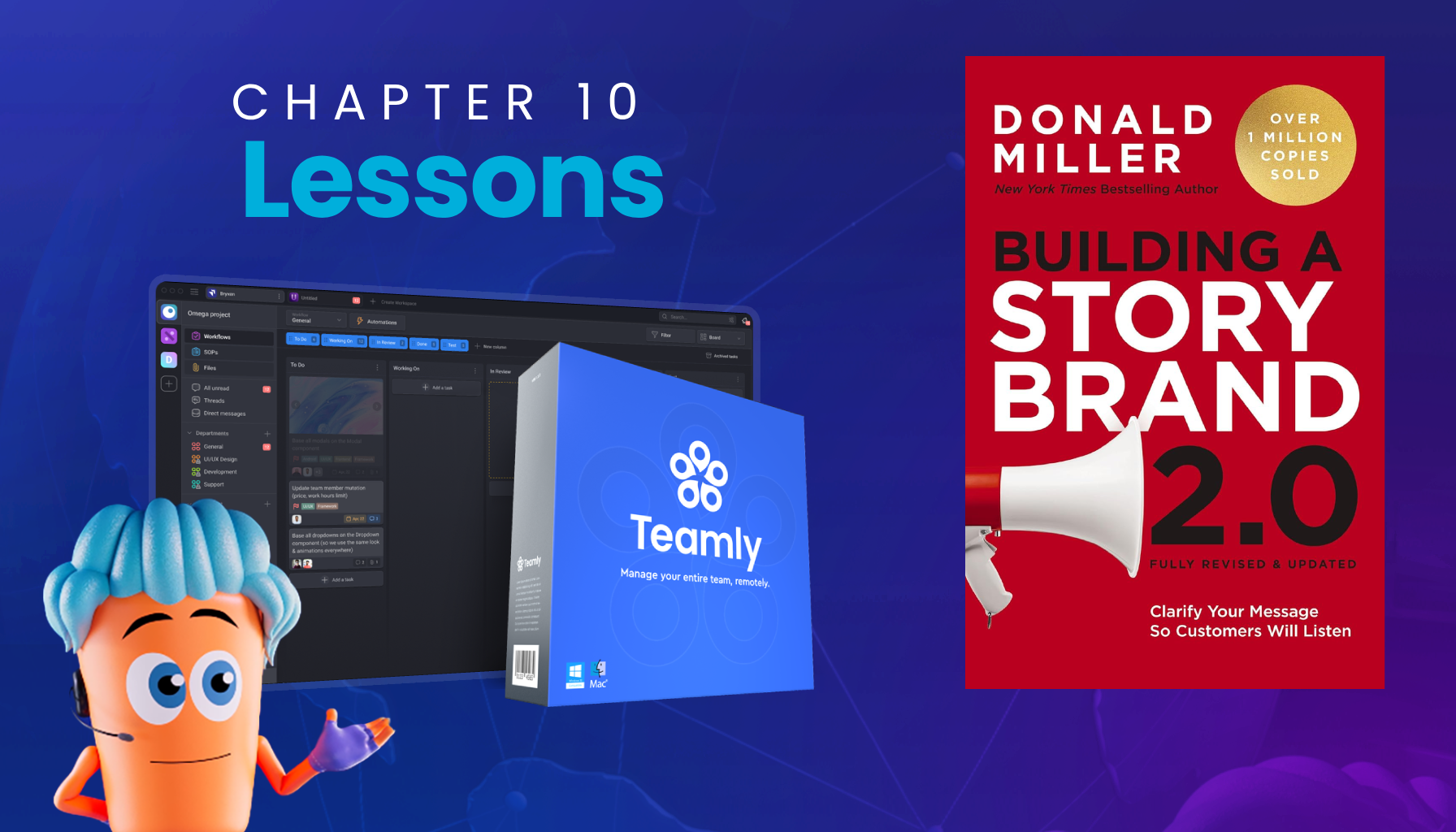Chapter 4 of 10X is Easier Than 2X offers a clear roadmap for making major leaps in performance. It centers on measuring gains, revisiting past transformations, and leveraging personal strengths.
The chapter reframes conventional thinking about growth by showing that simplifying focus—by zoning in on the right 20%—catalyzes explosive progress.
Readers get a transformative viewpoint that alters how they think about career advancement, personal goals, and overall satisfaction.
Traditional wisdom often warns that big strides demand exhaustive effort and relentless hustle. Chapter 4, however, flips that notion.
By releasing unnecessary commitments, individuals free up energy and creativity for what truly matters. This approach concentrates resources on fewer priorities that deliver outsized returns.
Letting go of low-value tasks is not a “loss,” but an important step toward clarity.
Prioritizing tasks that truly drive transformation, and discarding the rest, creates the space for extraordinary feats. Over time, we all gather obligations or relationships that no longer align with our goals.
A habit of pruning these outgrown commitments is the key to unlocking bigger possibilities and streamlined focus.

Embracing the 10X Mindset
The core of Chapter 4 is that 10X growth can actually involve less friction than striving for a 2X increase.
Most people see big leaps as a steep climb, requiring exhaustive amounts of work. Yet here, 10X focuses on discarding non-essentials so there is more time and creativity for what matters.
Instead of scattering energy across a dozen tasks, success comes from doubling down on those few that make a disproportionate impact.
This refined focus is the “secret sauce.” It rebrands letting go as a necessary step. With fewer distractions, readers discover a newfound clarity, fueled by the realization that focusing on core drivers of transformation can amplify results.
Anyone aiming for significant achievements is encouraged to streamline and concentrate on high-value activities.

Reflecting on Past 10X Jumps
One of the most powerful teachings here is the call to recognize transformative leaps that have already occurred.
Whether learning to read, making a major career shift, or building meaningful relationships, people have had moments when they rose to a whole new level.
These personal milestones are “10X jumps” because they mark not just small improvements, but transformations in identity and mindset.
The chapter explains that replicating success means analyzing the catalysts behind these earlier leaps. Readers are asked to think about five major transitions, identify the 20% that enabled those changes, and note the 80% they let go.
By examining these life shifts, the path to the next leap becomes clearer. It isn’t unknown territory; it’s a road we’ve already traveled, just in different contexts.
The Fitness Function: Setting the Right Course
Borrowed from computer science and evolutionary theory, a fitness function is a set of criteria that defines success.
Chapter 4 urges readers to clarify what they want to optimize in life and work. Is it creativity? Financial growth? More free time? Improved health? Pinpointing that main driver is like selecting an exact course on a map. Each decision then aligns with that ultimate goal.
A vivid example involves a historical airplane navigation error that ended in a tragic crash in Antarctica.
Even a small deviation led the flight off its intended path. This analogy shows how crucial it is to keep personal goals in lockstep with a chosen fitness function.
Small misalignments can grow over time, causing big detours. When the right standards are set, even minor course corrections add up to a huge reorientation that moves progress in the right direction.

Making Smaller Circles: Why Fine Distinctions Matter
The chapter highlights “Making Smaller Circles,” a term from Josh Waitzkin’s The Art of Learning.
His method stresses focusing intently on subtle details until mastery becomes second nature. Whether playing chess, practicing martial arts, or running a business, experts often spot patterns or “chunks” of information that novices miss.
This automatic recognition is the payoff of steadily zooming in on finer points.
By sharpening small distinctions, anyone’s capacity to excel grows exponentially. Where most see a complicated puzzle, those who hone these details spot repeatable patterns or shortcuts.
This level of insight brings faster decisions, deeper clarity, and swifter execution. Chapter 4 clarifies that success isn’t about blind effort. It’s about precision and refining skills to a razor-sharp edge.
Focusing on Unique Ability for Irreplaceable Value
Another striking takeaway is the importance of “Unique Ability.” Instead of chasing every shiny skill, progress accelerates when people nurture one core talent or interest to its highest level.
This deep specialization multiplies results and stands out in a competitive environment.
Chapter 4 challenges the idea of being “well-rounded.” True high-performers become specialized creators or leaders by developing a standout skill.
As that core ability narrows and intensifies, value soars. Eventually, such specialization morphs from being merely helpful to being indispensable.
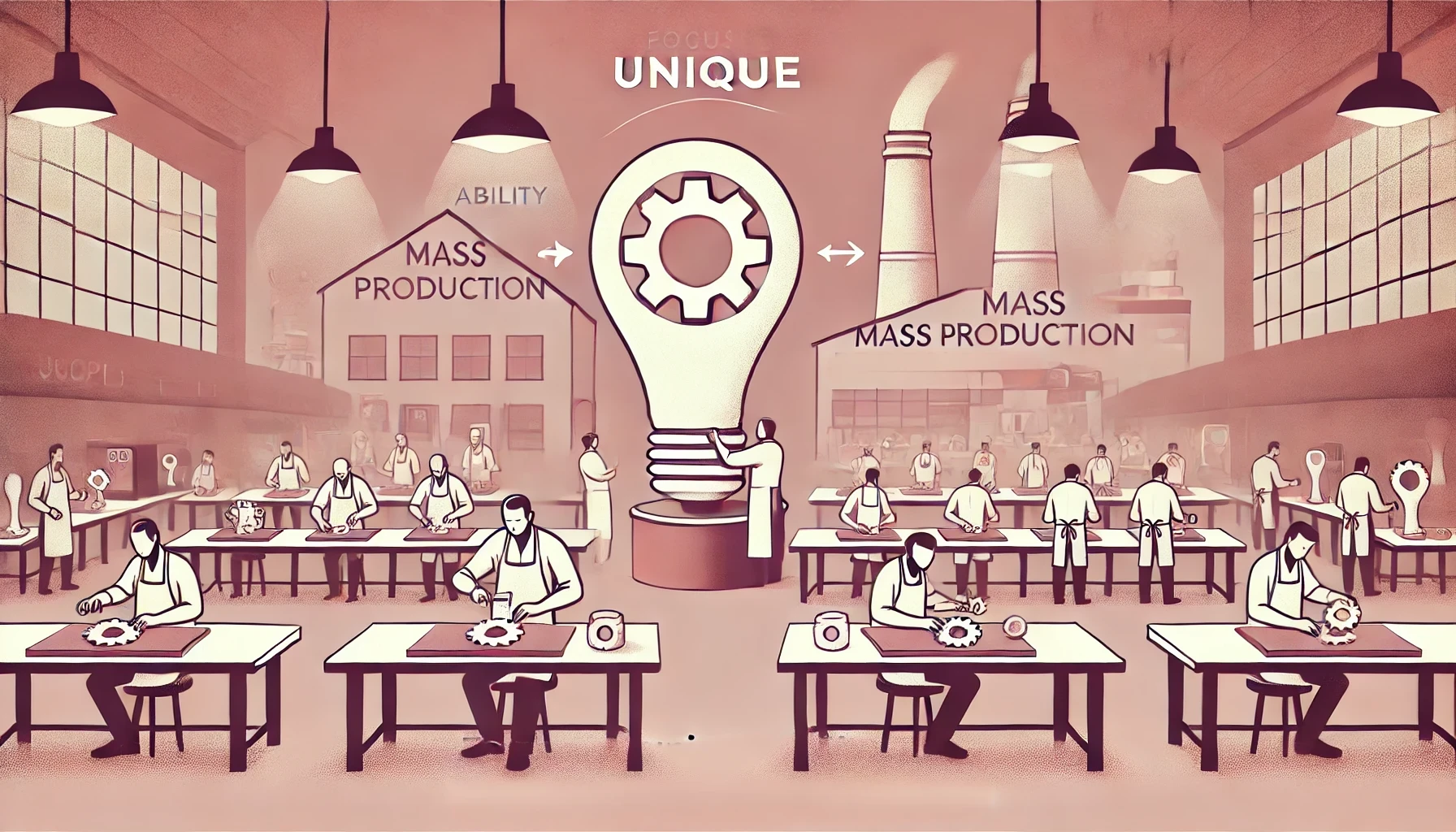
Visualizing the Dream Check
A fascinating exercise in the chapter is the “Dream Check,” exemplified by Jim Carrey writing himself a $10 million check before he was earning that amount. This check represented his future self—someone who could deliver enough value to justify that pay.
The chapter stresses that 10X isn’t just about scaling up. It’s about increasing value so significantly that bigger opportunities or compensation follow naturally.
Those who embrace the Dream Check keep a clear symbol of their future selves.
It’s not daydreaming; it’s constant alignment with a goal. The core question is, “What value needs to be created so that someone else sees this as an obvious investment?” Asking that triggers creativity, resourcefulness, and continuous improvement.
The Art of Measuring Gains, Not Gaps
In fast-paced cultures, it’s easy to dwell on “the Gap”—the distance between current progress and an unreachable ideal. Ideals are always moving, like a horizon that stays ahead no matter how quickly we advance.
Chapter 4 urges readers to pivot toward “the Gain,” focusing on how far they’ve come rather than how far they have to go.
This doesn’t mean settling. It’s about motivating oneself with tangible progress. Minor wins and steady improvements form stepping stones to bigger goals.
Recognizing these gains sparks gratitude, perspective, and a sense of accomplishment. This positive feedback loop strengthens momentum for the next 10X leap.

Shedding the 80% That Holds You Back
It’s tempting to hang on to every opportunity and responsibility. However, Chapter 4 reveals that 80% of our efforts often hinder real progress.
The book reframes removing the 80% as a vital step toward cultivating the valuable 20%. Though it can be daunting to let go, the payoff is huge.
Without this culling, the road to 10X is blocked by constant distractions. The chapter reinforces that simplification is the game changer.
When only the 20% that truly matters remains, it draws more opportunities aligned with a person’s strengths. Suddenly, time, energy, and mental bandwidth expand for more focused reinvention.
The Transformative Power of Chapter 4
Chapter 4 introduces a fresh perspective: 10X isn’t rare or impossible—it’s a systematic approach that many have already experienced, even if they didn’t label it that way.
By amplifying what works, discarding what doesn’t, and visualizing the future self (like the Dream Check), the chapter lays out a structured route to massive leaps in personal growth and business success.
Those eager to accelerate their progress will discover guidance here for every facet of life: career, health, relationships, or creative pursuits.
This chapter clarifies why letting go is crucial, how to measure success realistically, and why narrowing focus can yield huge rewards.
There’s no shallow hustle involved; rather, it emphasizes deliberate, thoughtful action to achieve more with less strain.
Many teams find that using Teamly software can also simplify collaboration and reduce distractions. This aligns directly with the principle of centering efforts on the most productive 20%.
Combining such tools with Chapter 4’s strategies builds an environment where releasing the 80% becomes natural.
Put into practice, these principles open gateways that once seemed out of reach. Chapter 4 shows how shifting from “That’s too big” to “This can change everything” sparks remarkable results.
The streamlined approach is both encouraging and accessible, once the burden of unhelpful pursuits is lifted.
To fully experience this transformation, 10X is Easier Than 2X is an essential read. Its structured approach offers instant direction, transforming lofty goals into practical steps with the potential to reshape entire trajectories. Get your copy of 10X is Easier Than 2X on Amazon here.
